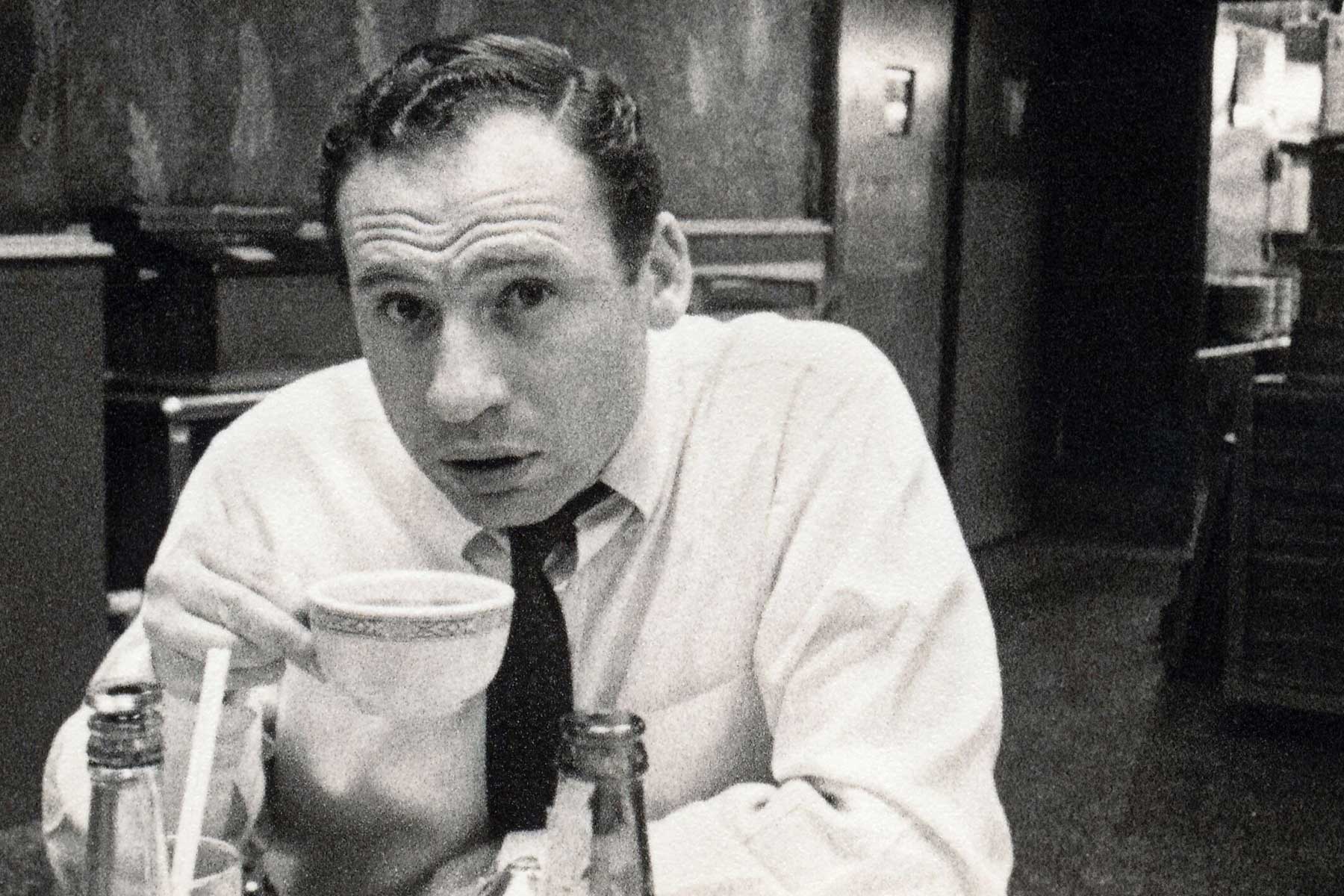Lisa Hurwitz’ The AUTOMAT, which came out of the Telluride Film Festival and opens this week at the Film Forum in Manhattan, is a seductive dive back through time into the art deco origins of the Horn & Hardart Automats. You may remember those magnificent walls of little glass door cubbies full of mac and cheese, creamed spinach, lemon meringue or chocolate coconut cream pies, store cooked ham sandwiches on rye and Salisbury steak that for the price of a few nickels scraped together fed New Yorkers and Philadelphians for the first 60 years of the 20th Century.
First time director Hurwitz and writer-editor Michael Levine, whose editing chops in the past include some excellent doc work on Restrepo, The Central Park Five, and Bobby Fischer Against the World, together trace the rise of Horn & Hardart’s Automats from their origin in 1888 in Philadelphia through its ignominious end in 1991 in NYC. Philadelphian Joe Horn took an ad looking for a partner and turned up New Orleans French press coffee maven Frank Hardart and opened up their first venture on S. 13th in Philly before expanding to the next logical place, New York City. They fashioned dolphin head spouts seen on a trip to Italy to dispense coffee for a nickel. “I’ve paid $35 for a cup of coffee that wasn’t as good,” says Mel Brooks, the films’ unofficial godfather and late in the film, it’s official crooner.
Part of the film’s charm is simply the archival river of simple but elegant, well lighted, art deco marble and brass palaces that slide by in black and white, beneath outdoor signage that has been colorized in red and gold to stand out. Automats caught the rise of the American city and the flood of women and immigrants into the workforce before white flight to the suburbs. NYC historian Lisa Keller recalls the Automat phenomenon as quintessentially American, having no baggage of discrimination. They were simply public restaurants where immigrants didn’t need English, and no one had to figure out how much to tip. Joe Horn’s business model was benevolent, non-union paternalism, and the seeming impersonality of the wall of magical windows full of treats gave people space to replenish at a price they could afford.
Besides the descendants of Joe Horn and Frank Hardart, as well as of the engineers and architects who captured the optimism of the early 20th Century in the Automat’s machinery and design, Hurwitz’ witnesses — gathered over eight years of production — are New Yorkers we like, a cavalcade of the recently deceased whom Hurwitz improbably captured on film: Ruth Bader Ginsburg remembers doing her homework on the second floor after school and the automat served everyone. Colin Powell recalls the Automat as nothing like this little Jamaican boy had ever seen before, and that later when he was struggling to complete the integrated Army, he drew on his memory of the dining rooms of the Automat. Ex-Philly Mayor Wilson Goode recalls the Automat as a meeting place for 60’s civil rights activists in Philly.
Starbucks big macher Howard Schulz wants you to connect the dots between the Automat’s let’s sit around and laissez faire over coffee and his own shops, reciting some very good corporate scriptwriter’s words and holding up a show and tell picture of the Automat’s cubicles that he keeps in his office. Memorable is the 1964 Candid Camera sequence of Allan Funt’s victims putting a nickel into the slot for a hardroll followed by a hand darting out to snatch the roll back and slam the cubby door shut. Elliott Gould remembers the Automat’s Sunday Morning Children’s Hour TV show and all the famous show biz folk that floated through: from James Dean to Arnold Stang, Eddie Fisher, Jack Benny and Rosemary Clooney, and the ongoing shtick between Mel Brooks and Carl Reiner.
Now Brooks is a benevolent rogue elephant on camera wherever he goes but here breaking through the rectangular cubby that is also the 4th wall of the camera lens in the first minutes to ask Hurwitz, “What possessed you—you’re about 11 years old—to make a picture about the Automat?” And Hurwitz isn’t even from NY—she’s from LA. But she lets Brooks break through the glass lens in the film’s 79 rather short, entertaining minutes, as she and Levine and the wonderful archives they pillaged make a convincing case for the Automat as the witting private enterprise that served the high and mighty, and the low and the humble, equally and let them all catch a bite and a breath.


